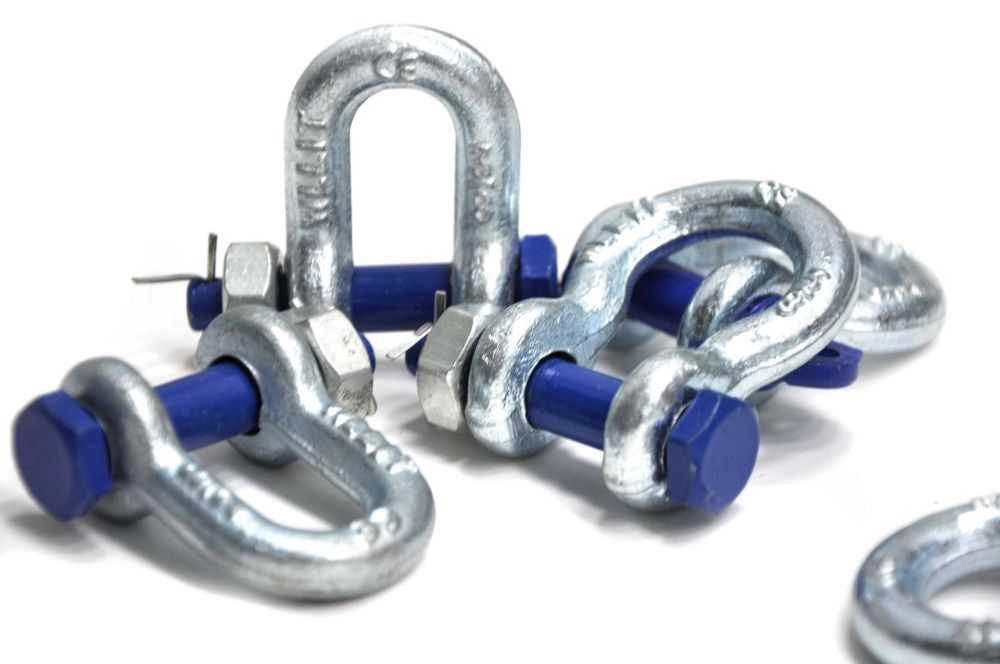A turnbuckle is a type of hardware device used to adjust the tension or length of ropes, cables, wires, or rods. It consists of two threaded rods, each with a threaded eyelet at one end, and a body that contains a jackscrew or turnable barrel. The two rods are connected by the body, which can be rotated by turning the jackscrew or barrel, causing the rods to either be pulled closer together or pushed further apart, thereby adjusting the tension of the connected ropes, cables, wires, or rods.
Turnbuckles are commonly used in a variety of applications, such as in sailboat rigging, construction, bridge building, and in general engineering and mechanical applications where the length or tension of wires, rods, or cables needs to be adjusted. Turnbuckles come in a variety of sizes and types, including jaw and eye, hook and eye, and stub end turnbuckles, each designed for specific applications.








